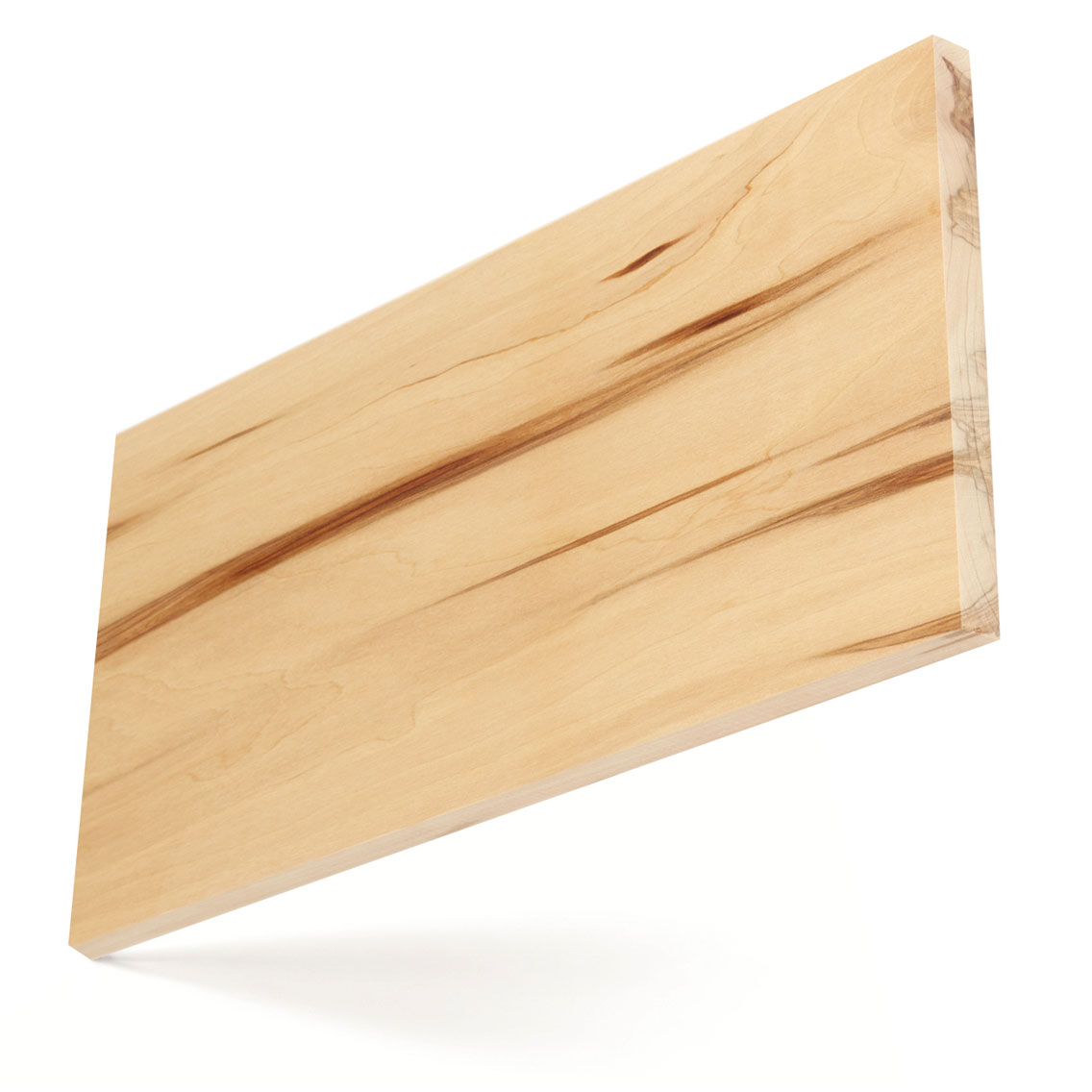American sap gum
American gum is an important and diverse group of hardwoods, often undervalued and growing sustainably throughout the Eastern and particularly the South Eastern USA. Not to be confused with Australian gum (Eucalypt)
Latin Name
Liquidambar styraciflua
Other Common Names
redgum, sweetgum

Forest Distribution
American gum trees are large with straight trunks growing widely across the South Eastern USA. There are several other, non-commercial, gums that also grow across the USA.
FOREST GROWTH
FIA data shows U.S. gum growing stock is 714.6 million m3, 4.9% of total U.S. hardwood growing stock. American gum is growing 22.9 million m3 per year while the harvest is 11.7 million m3 per year. The net volume (after harvest) is increasing 11.2 million m3 each year. U.S. gum growth exceeds or is in balance with harvest in all the main producing states.
LCA Tool
seconds
Material Availability
American gum is available as sawn lumber and veneer in a variety of grades and sizes. It is usually sold as sapgum with no colour specification. Under NHLA Grading Rules each clear cutting must have one red (heartwood) face. When sorted for colour redgum (majority heartwood) is much more limited in availability. Lumber is more likely to be available in thinner stock (4/4” & 5/4”) and may be more limited in export markets.
Wood Description
Gum has a fine uniform texture, but has irregular grain, usually interlocked, often with an attractive grain figure. The sap of gum tends to be wide and is white to light pink in colour, whereas the heartwood is reddish brown, typically with dark streaks.
Mechanical Properties
The wood of gum is only moderately hard to soft, stiff and heavy, but has low steam bending classification. The wood is close grained.
-
0.62
Specific Gravity (12% M.C.)
689 kg/m3
Average Weight (12% M.C.)
13.40%
Average Volume Shrinkage (Green to 6% M.C.)
114.457 MPa
Modulus of Rupture
13,859 MPa
Modulus of Elasticity
56.332 MPa
Compressive strength (parallel to grain)
5,604 N
Hardness
Oiled / Un-Oiled Appearance


Performance
- Gum is easy to work with both hand and machine tools. It nails, screws and glues well, takes stain easily and can be sanded and polished to an excellent finish. Gum dries rapidly with a strong tendency to warp and twist. It has a large shrinkage and is liable to movement in performance.
- The wood is rated as non-resistant to decay. The heartwood is moderately resistant to preservative treatment, but the sap is permeable.
Main Uses
Main uses are cabinet making, furniture and furniture parts, doors, internal joinery and mouldings. Gum has been used and stained, as a substitute for walnut or mahogany.